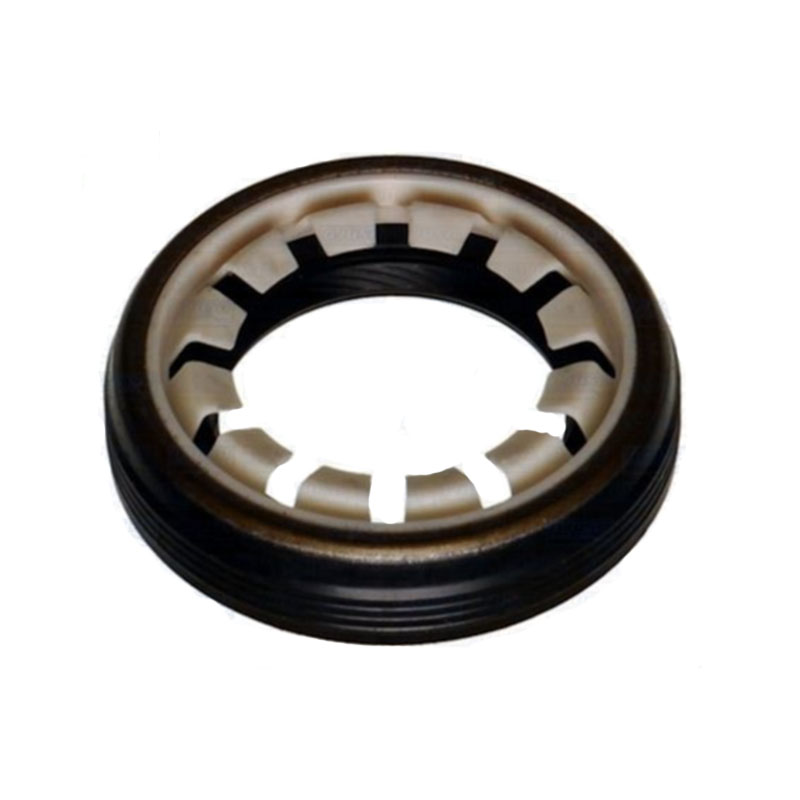oil seal cap
Understanding Oil Seal Caps An Essential Component in Mechanical Systems
In the world of mechanical engineering and automotive design, the minutiae of individual components can often make a significant difference in the overall performance and longevity of a system. One such component that plays a critical role in maintaining the integrity of various machines and vehicles is the oil seal cap. Though often overlooked, the function and importance of oil seal caps cannot be understated.
What is an Oil Seal Cap?
An oil seal cap, commonly referred to as an oil seal or simply a seal, is designed to prevent the leakage of oil and other fluids in machinery and vehicles. These seals are typically made from rubber, silicone, or polymer materials that can withstand varying temperatures and pressures. The primary purpose of an oil seal cap is to provide a barrier against contaminants, such as dirt and water, which could compromise the integrity of the lubricant and, consequently, the mechanical components it is designed to protect.
Importance of Oil Seal Caps
The significance of oil seal caps is profound. They serve several primary functions
1. Fluid Retention The most apparent role of an oil seal cap is to keep oil and lubricants contained within the machinery. This not only ensures that the mechanical parts are adequately lubricated but also enhances efficiency by minimizing friction and wear.
2. Contamination Prevention Oil seal caps are designed to keep harmful contaminants out of the lubrication system. By forming a secure seal, these components protect sensitive areas of a machine or vehicle from exposure to dirt, dust, and moisture, which can lead to premature wear or rust.
3. Pressure Maintenance In many applications, especially in engines, maintaining pressure is crucial for optimal performance. Oil seals help maintain the necessary pressure levels within the system, preventing the oil from foaming and ensuring that it performs effectively in its role as a lubricant.
oil seal cap

4. Extended Life of Components By preventing leaks and contamination, oil seal caps contribute to the longevity of the components they serve. This translates to reduced maintenance costs and longer intervals between necessary repairs or replacements.
Installation and Maintenance
Proper installation of oil seal caps is vital to their effectiveness. If the seal is not installed correctly, it can lead to leaks or failure to prevent contamination. It’s important to follow manufacturer guidelines during installation, ensuring that the sealing surface is clean and free of debris. Additionally, the use of proper tools and techniques can help avoid damage to the seal during installation.
In terms of maintenance, while oil seal caps are generally durable, they can wear out over time due to factors such as extreme temperature changes, chemical exposure, and mechanical stress. Regular inspections can help identify signs of wear or damage, allowing for timely replacements. Indicators of a failing oil seal may include engine oil leaks, a decrease in oil pressure, or unusual noises from the machinery.
Innovations and Future Trends
As technology advances, so do the materials and designs used in oil seal caps. Innovations such as thermoplastic elastomers and advanced polymers are increasingly being employed to create seals that are not only more durable but also more resistant to chemical degradation and thermal expansion. These developments aim to provide longer-lasting and more efficient sealing solutions for both automotive and industrial applications.
Conclusion
While often taken for granted, oil seal caps are a crucial component in ensuring the efficiency and reliability of various mechanical systems. Their role in fluid retention, contamination prevention, pressure maintenance, and the extended life of components highlights their importance in modern engineering. Understanding and maintaining these seals can lead to better performance, lower maintenance costs, and ultimately a longer lifespan for machines and vehicles. As innovations continue to enhance their design and materials, oil seal caps will remain a key element in mechanical efficiency and overall system reliability.
-
Understanding Automotive Oil Seals: Essential Components for Engine and Shaft Protection
News Jul.30,2025
-
The Importance of Heavy Duty Seals in Industrial and Residential Applications
News Jul.30,2025
-
Exploring Industrial Oil Seals: From Felt Oil Seals to TTO and CFW Solutions
News Jul.30,2025
-
Essential Guide to Oil Seals: From Radial to Metal-Cased Seals for Industrial Reliability
News Jul.30,2025
-
Choosing the Right Oil Seals and Gaskets for Industrial and Automotive Applications
News Jul.30,2025
-
Cassette Seals: Durable Sealing Solutions for Harsh Environments
News Jul.30,2025
-
Understanding the Front Main Engine Seal: Purpose, Maintenance, and Installation
News Jul.29,2025
Products categories















